15 Awesome Physical and Educational Games for Toddlers
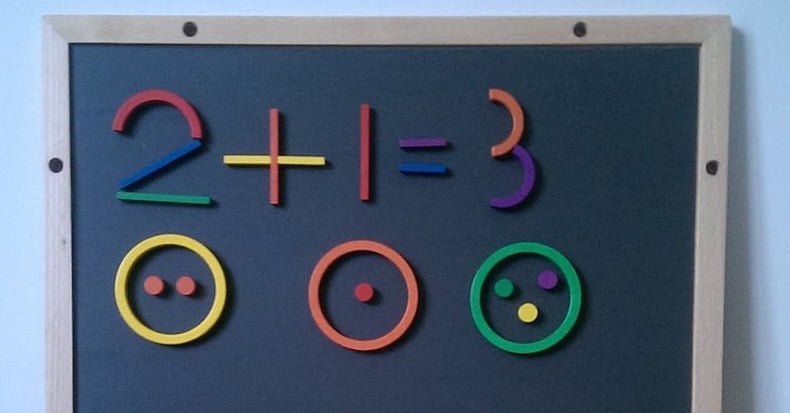
If you are the parent of a toddler, you know what busy beings they are. Toddlers are those adorable children between the ages of 1-3 for whom life is a blur of exploration and activity. Learning toys for toddlers are designed with this in mind. The toddler age span is one of the most important in child development because almost everything is new and the world is ripe for discovery.
A great deal of the social, emotional and cognitive growth that occurs in children happens during this time. Toddlers are playful by nature. What looks like play to adults, is really learning for toddlers. As they play, they are learning important physical skills such as fine and gross motor development, balance and coordination in additional to the social, emotional and cognitive skills mentioned above.
The very best learning activities for toddlers will offer opportunities for free based play without too much structure, allowing children to create their own learning and discoveries. They will also address more than one growth area. For example, using building toyswill offer opportunities for fine motor development along with the understanding of building principals (largest/heaviest is best on the bottom) and emotional development (dealing with frustration if the tower falls). These types of activities serve multiple purposes, and will help your toddler to grow in many ways.
The list below will provide you will some ideas for activities that you can do with your toddler. Some of them are more appropriate for children at the earliest end of the toddler range, while others are designed with the older toddler in mind. Most of them can be modified for your child’s age level, interests, and developmental accomplishments.
1. Create an Obstacle Course – This is a great activity which can be done either indoors or out. Depending upon the age and agility of your child, you can modify the course to make it fun yet a bit challenging for them. Use chairs, old boxes, string, laundry baskets or pillows to create hurdles, mazes, and fun spots for your child to run, crawl, climb, jump and stretch. Try creating “lanes” on the floor with tape, and make them more challenging by creating zig-zag patterns for your toddler to maneuver through.
What they will learn: Gross motor skills and coordination; problem solving and stamina, patience and perseverance.
2. Balloon Bop – This simple game is sure to result in giggles from your toddler, and probably from you as well! All you need is a balloon, and someone to blow it up! There are many variations on this simple game that never seems to get older, even with children beyond the toddler stage!
- a. Have your child see how many times they can hit the balloon without it touching the floor.
- b. Play a version of volleyball where you hit the balloon back and forth to each other.
- c. Bounce it off different surfaces- walls, carpet, hard floors, etc to see the effect it has on the balloon.
- d. For a challenge, try having your child use their head, feet or elbows to play!
What they will learn: Gross motor skills, counting skills, cause and effect
3. Build a Fort – This timeless activity is great for those developing motor skills and creative minds and works either indoors or outdoors. Drag a few chairs, pillow and blankets, and maybe even a cardboard box or two into a central area, and explore with your child! They can work with you to figure out how to secure the blankets, and how to arrange the chairs or pillows to make the best fort. Let your child decide what treasures should accompany them inside their special spot. Once inside, enjoy a story, some playtime with favorite toys, or a healthy snack!
What they will learn: problem solving, gross and fine motor skills
4. Shaving Cream Play: This activity appeals to toddlers because they get to make a mess! What toddler does not love that? Parents love it because it is easy to clean up and smells great!
Spray a hard surface with shaving cream. Let your toddler practice making doodles in the cream with their fingers. This is a great chance to start to practice letter and number formation too! Parents can guide their child’s index finger to write a letter or their name and say the letter name while making it. Challenge your child to recreate the letter on their own!
As a variation, place shaving cream into a large plastic bag and cut off one of the corners. Let your child squirt the shaving cream from the bag themselves.
What they will learn: Fine motor skills, sensory input, letter and number formation and recognition.
5. Building with household materials: Dig out those plastic or paper cups, plates and bowls and start creating! When toddlers build, they learn priceless lessons about structure and balance, as well as geometric principles. Using plastic or paper materials ensures that they will not be hurt when their tower inevitably topples over, and the crash will not be deafening either! Remember: do not provide too much guidance by telling your child what to put where. This open-ended activity is great for growing fingers and minds!
What they will learn:Principles of building, balance and structure, geometric basics, problem solving, gross and fine motor skills, patience and overcoming frustration.
6. Sock puppets and theater: Who doesn’t have a few mismatched socks in their house? Turn them into sock puppets by helping your child to draw or glue on eyes, hair, and mouths. An old cardboard box makes an easy theater. You and your toddler will have countless fun being silly with your puppets. You can recreate familiar stories, create new ones, or just be ridiculous with your puppets together!
What they will learn: gross and fine motor skills, oral language and vocabulary, creativity
7. Cookie cutters and Play-Doh: Play Doh in itself is a great activity for toddlers, as long as there is supervision so they do not eat it! When you couple it with cookie cutters, it creates new opportunities for motor skill development, as well as shape recognition depending upon the cookie cutters you use. It is a great tool for developing the muscles in those little fingers that will aid them later on when they are learning to write! Try playing bakery with your child, where you order one triangle cookie, or two square cookies.
What they will learn: fine motor development, sensory input, shape recognition, letter and number recognition, color recognition, creativity
8. Treasure Hunt: A treasure hunt is a great activity for kids of any age, and again can be held either indoors or outdoors. You can hide things around the house or the yard and give your toddler clues to their whereabouts. Be careful that you do not make the clues too hard, or your toddler will become quickly frustrated and that is no fun! Make them challenging enough though, that they have to put in some effort to find their rewards. You can give them clues like “it is by the shed” or “it is by something red” or “it is by a place where you can sit”. Let them know when they are closer to or farther away from the object by telling them when they are warmer or colder.
What they will learn: problem solving, perseverance,
9. Pitching and catching games: Help build your toddler’s gross and fine motor skills with many variations on catching and throwing games, depending on their age and their agility level. Try placing a hula-hoop on the ground and giving your toddler a bean bag, small ball or other item to toss. Have them practice tossing the item into the ring. As they get better at this skill (they will definitely improve with practice), they can practice stepping back farther from the hoop, or using a smaller item to toss into it! You can also create a different sized “hoop” by using rope to create a large or small landing area.
What they will learn: gross motor development, estimation, patience and stamina
10. At Home Bowling: Set up empty water or soda bottles as pins, and give your child a ball to roll at them. Explore by making the pins closer together or farther apart, using a bigger or smaller ball, or moving closer to or farther away from the pins. Show your child how to roll the ball at the pins and see how many they can knock down.
What they will learn: Gross motor development, counting, principles of motion
11. Bubble play: Fill an empty bottle with a small amount of dishwashing liquid or other soap. Secure the lid and let your child play with the bottle, watching the bubbles form and deflate. For added fun, a drop or two of food coloring makes an attractive bottle, just be sure that the lid is well secured (perhaps a bit duct tape will help!).
What they will learn: Gross motor development, scientific basics
12. Nature hunt: Take your toddler outside on a nice day and collect materials they can find in nature. You can head to a park, or just look right in your own back yard! Later, you can use these materials to glue into a collage, or some other type of craft like leaf people, or some sort of decoration.
What they will learn: vocabulary, fine and gross motor development, scientific basics, love for nature!
13. Painting with water: Give your child a paintbrush and a bucket of water. You will be absolutely amazed at the amount of time they will be engaged for with this simple activity. Let them “paint” a fence, the deck, the sidewalk, the walls, or anything else that appeals to them! Explore with different sized brushes and talk about how the water acts on different surfaces.
What they will learn: vocabulary, problem solving, gross motor development, scientific basics,
14.Texture Play: Provide your child with different materials for “messy play”. Either select food items or non-food items. It is suggested that you do not combine them. When children are playing with food items, they may want to taste them. You do not want to confuse them by giving them Play-Doh and pudding.
Let your child explore the different textures by touching them, placing them into bottles and shaking them to see how they move and sound, or painting with them. Good materials include: bubble wrap, cardboard, sand, dirt, different fabrics, differently shaped pasta, cut vegetables, pudding or dough.
This type of play not only develops a sense of exploration and fine motor skill, but also encourages children who may have sensory reluctance, or food intolerance.
What they will learn: fine motor development, sensory input, scientific basics
15. Have a dance party: What is more fun than that? Crank up the tunes and get moving with your child! There are a lot of great internet sites that offer kids music that is upbeat and appropriate. Try spotify.com or Pandora.com for starters. Turn up the music and sing along while you dance with your little one. It is great for both of your activity levels, plus will leave you both in a great mood!
What they will learn: Gross motor development, vocabulary, rhythm and music principles.
Play based learning is the very best way to engage your toddler, and to make learning fun for them. Additionally, introducing them at an early age to a routine of physical activity will set them on course for a lifetime filled with healthy behaviors.
All of the activities listed above are excellent examples of fun activities to do with your toddler, but all of them may be modified according to you and your child’s preference. The best thing about open ended, play based learning is that there are no rules!
The goal of all of these activities, and others like them, is to have fun with your toddler, encourage them to think independently, and make discoveries on their own about how the world around them works.

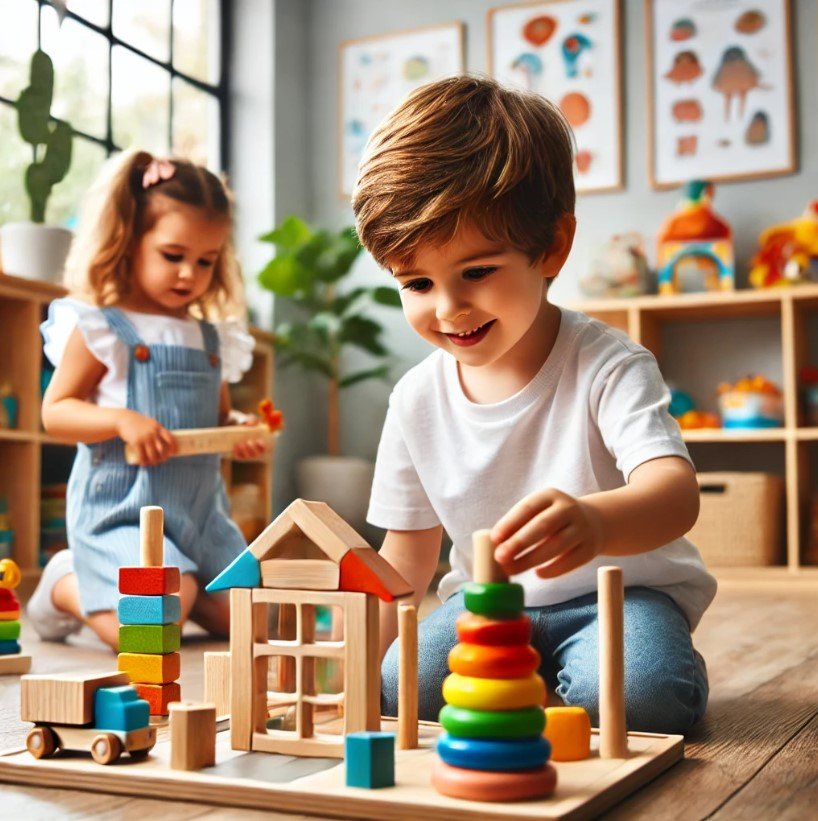

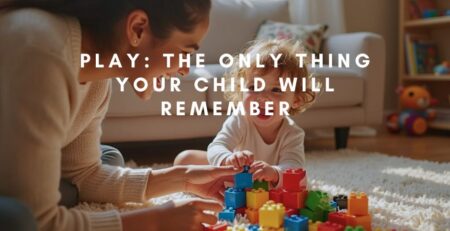
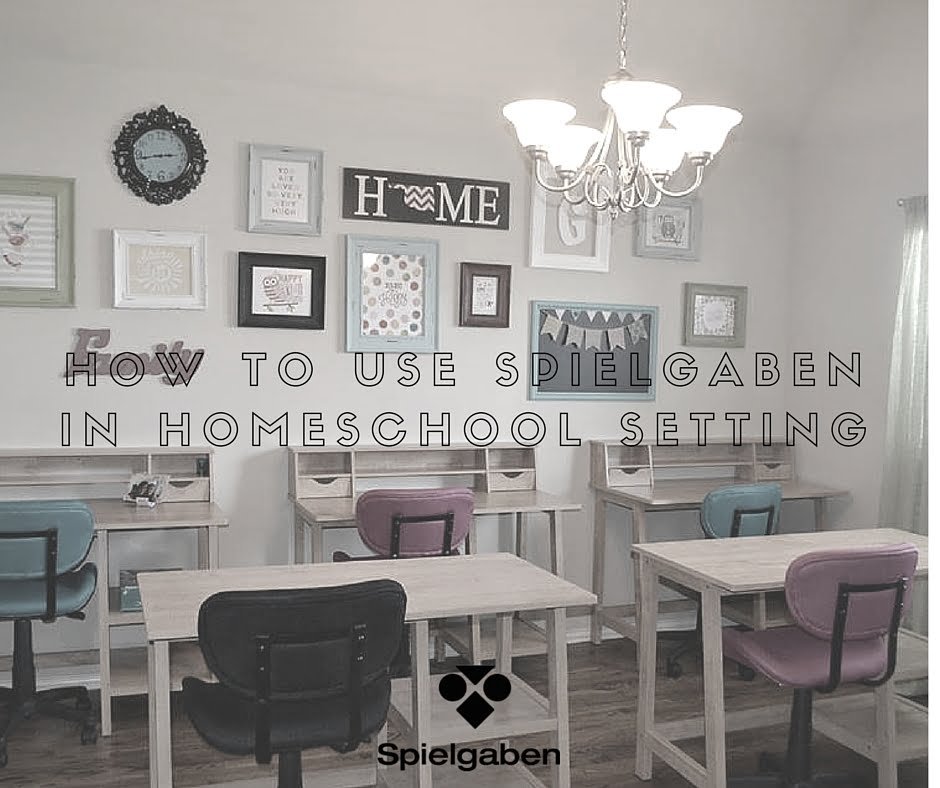
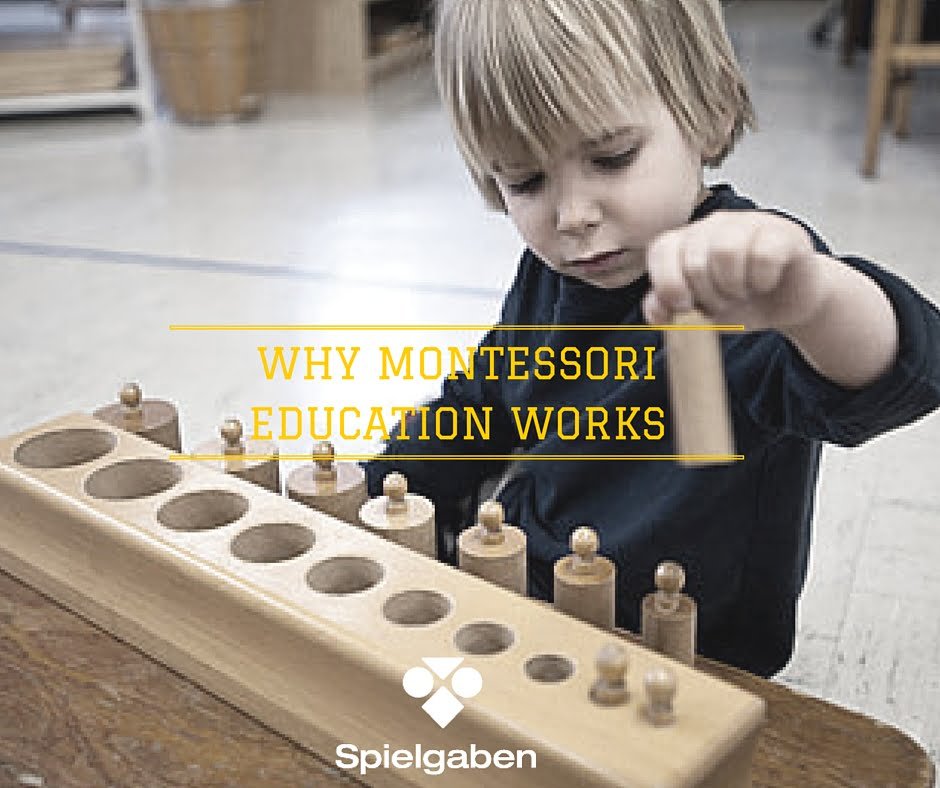
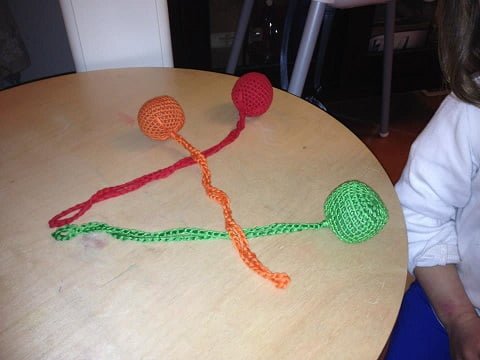
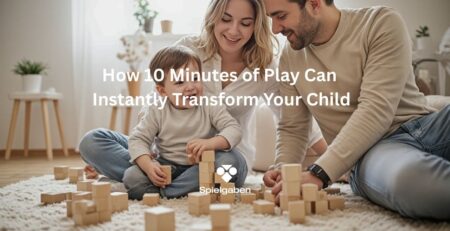
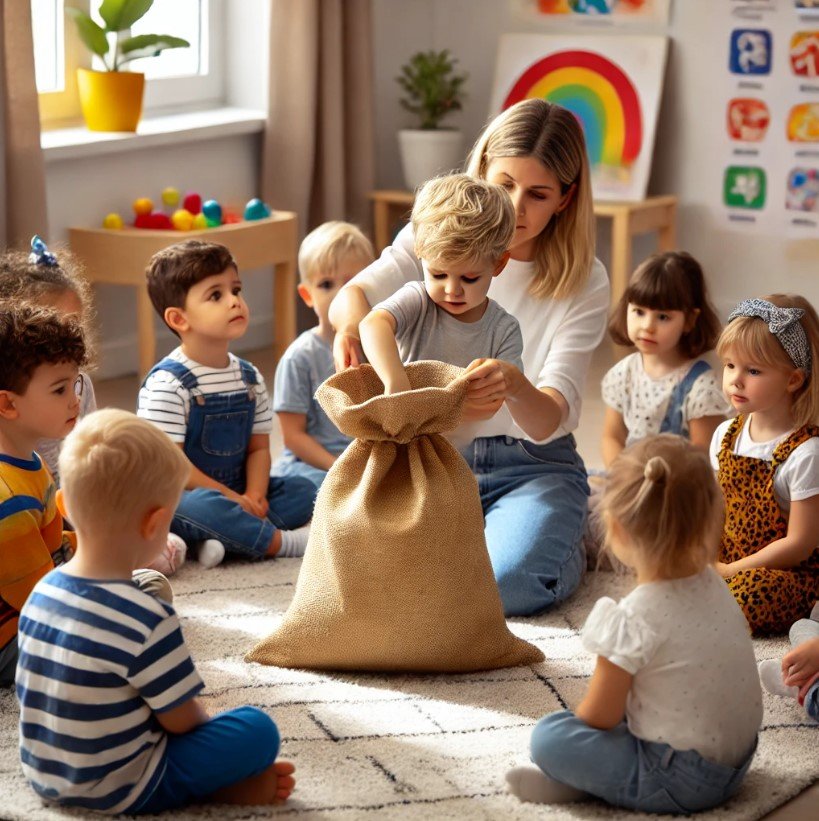

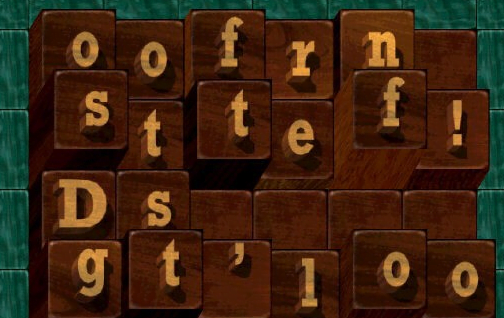

LEAVE A COMMENT